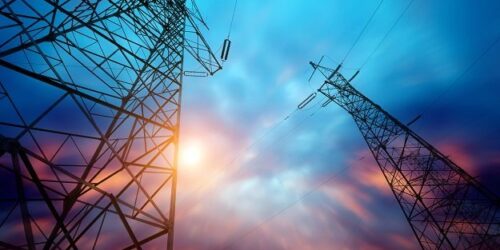Energy Ministry’s Spokesman for Electricity Industry Mostafa Rajabi Mashhadi said that it is possible to increase the supply of electricity to Pakistan and Afghanistan by more than 400 megawatts (MW).
The official said Iran is willing to expand relations with Pakistan and boost electricity export to this country, IRNA reported.
Transmission line to Pakistan border to supply electricity to Gwadar port has been built, but power grid is not yet available, the official stated.
If the condition will be provided to build a network in Pakistan or if they build the network themselves, Iran is definitely ready to develop electricity exchange with this country, he added.
On Tuesday, Pakistan Today reported that Pakistan is looking to increase electricity imports from Iran to 70 megawatts (MW) to meet the power needs in its under-development Gwadar port.
According to a decision made by the Cabinet Committee on China-Pakistan Economic Corridor (CPEC), a Pakistani company called Quetta Electric Supply Company (Qesco) is awarded the project to lay a transmission line for supplying the imported electricity to Gwadar port, the report said.
The transmission line is expected to be completed by March 2023.
Pakistan is already importing some electricity from Iran but the U.S. sanctions against Tehran have created hurdles in making proper payments for the import, prompting Pakistan to opt for a barter agreement for the deal.
Back in April, Iran’s previous Energy Minister Reza Ardakanian said the country is capable of boosting its electricity exchange with the neighboring countries to 10,000 megawatts (10 gigawatts).
Referring to the positive measures taken by the Energy Ministry for expanding the possibility of energy exchange with neighboring countries, the minister said: “Now, we have the possibility to exchange electricity with all countries that share land borders with us.”
Currently, the Iranian power industry consists of one million kilometers of transmission, distribution, and super-distribution networks, about 500,000 mega-volt ampere capacity of high and low-pressure substations, and about 85,000 MW capacity of power plants, Ardakanian said.
As one of the major players in West Asia’s energy market, Iran is now emerging as a major electricity hub in the region as the country is following a comprehensive plan for synchronizing its power grid with the neighboring countries.
Currently, Iran has electricity exchange with Armenia, Azerbaijan, Iraq, Turkmenistan, and Afghanistan.
Earlier this year, Rajabi Mashhadi also announced that the country is pursuing a plan for exporting electricity to the southern Arab neighbor Oman through the sea.
Iran’s total electricity exchanges depend on the hot and cold seasons of the year since, during the hot season which is the peak consumption period, the country’s electricity exports decrease and the country even imports some electricity.






